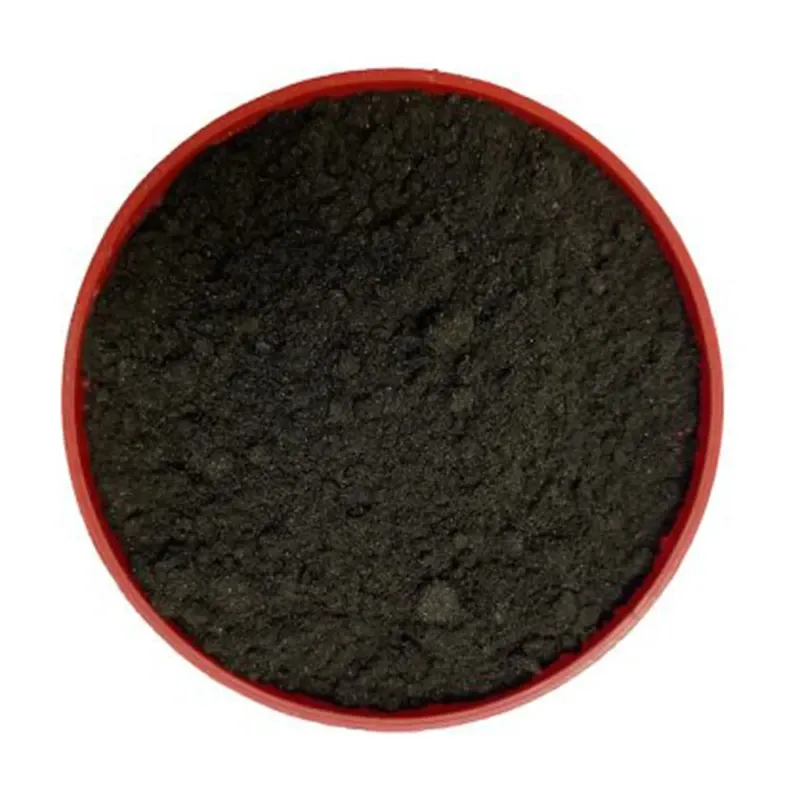


Using Potassium Permanganate in Laboratory Settings
Kaliumpermanganat is a versatile chemical compound widely used in laboratories for various scientific and industrial applications. With the CAS No 7722-64-7, this compound is known for its strong oxidizing properties, making it essential for experiments, disinfection, and analytical processes. Whether in potassium permanganate crystals oder potassium permanganate liquid form, it plays a crucial role in laboratory settings. Additionally, its use in potassium permanganate water treatment highlights its effectiveness in purification and sanitation processes. Understanding the correct handling and application of this chemical ensures safe and successful experiments.

Key Applications of Potassium Permanganate Crystals in Labs
Potassium permanganate crystals are commonly used in laboratories due to their high stability and strong oxidizing nature. These crystals serve as a reagent in redox titrations, allowing chemists to determine the concentration of reducing agents in a solution. The deep purple color of Kaliumpermanganat acts as a natural indicator, making it an ideal choice for analytical chemistry.
Apart from titrations, potassium permanganate crystals are used in organic synthesis, where they facilitate oxidation reactions to produce aldehydes, ketones, and carboxylic acids. This makes it a valuable compound in pharmaceutical and chemical research. Additionally, its role in forensic science is significant, as it helps detect certain substances in crime investigations.
Potassium Permanganate Liquid for Chemical Reactions
In many laboratories, potassium permanganate liquid is preferred for ease of use and accurate measurement. This liquid solution is prepared by dissolving potassium permanganate crystals in distilled water, creating a stable mixture for controlled reactions. The concentration of potassium permanganate liquid can be adjusted to suit different experimental needs.
Einer der Hauptvorteile der Verwendung potassium permanganate liquid is its ability to act as a disinfectant. It is commonly applied to sterilize laboratory equipment, surfaces, and even biological samples. Furthermore, it is utilized in environmental studies to treat contaminated water samples and assess pollution levels.
The Role of Potassium Permanganate in Water Treatment Research
Research on potassium permanganate water treatment has shown its effectiveness in eliminating bacteria, viruses, and organic contaminants. Laboratories studying water purification processes frequently use Kaliumpermanganat to test its ability to oxidize harmful substances. This chemical is particularly useful in treating iron and manganese contamination, which can affect water quality.
Water treatment research also explores the role of potassium permanganate liquid in controlling taste and odor problems in drinking water. By oxidizing hydrogen sulfide and organic matter, it helps improve the overall quality of water. Laboratory studies on water treatment help develop guidelines for safe and effective usage in municipal and industrial applications.
Safety Measures for Handling Potassium Permanganate in Labs
Despite its wide range of applications, Kaliumpermanganat must be handled with caution in laboratory settings. As a strong oxidizer, it can react violently with combustible materials and reducing agents. When working with potassium permanganate crystals oder potassium permanganate liquid, it is essential to wear protective gloves, goggles, and lab coats.
Storage is another critical aspect of safety. Kaliumpermanganat should be kept in a dry, cool place, away from direct sunlight and heat sources. It should also be stored separately from organic materials and acids to prevent accidental reactions. Proper disposal methods must be followed to ensure that residual chemicals do not pose environmental hazards.
For high-quality potassium permanganate crystals, potassium permanganate liquid, and laboratory-grade chemicals, visit our website and explore our reliable product range.
Potassium Permanganate in Laboratory Settings FAQs
What is the CAS number of potassium permanganate?
Der CAS No 7722-64-7 is the official identifier for Kaliumpermanganat, commonly used in laboratory and industrial applications.
How do I prepare a potassium permanganate liquid solution?
To prepare potassium permanganate liquid, dissolve the required amount of potassium permanganate crystals in distilled water and mix until fully dissolved.
Can potassium permanganate be used for water treatment in a lab?
Ja, potassium permanganate water treatment research is common in labs for testing its effectiveness in removing contaminants from water samples.
Is potassium permanganate safe to handle in the laboratory?
While useful, Kaliumpermanganat is a strong oxidizer and should be handled with protective gear to prevent skin irritation or accidental reactions.
Where can I buy potassium permanganate for laboratory use?
You can purchase high-quality potassium permanganate crystals Und potassium permanganate liquid from our website, ensuring reliable and laboratory-grade chemicals.
-
Uncover the Benefits of Sodium ChlorateNachrichtJun.24,2025
-
Sodium for Sale: Your Essential ResourceNachrichtJun.24,2025
-
Raw Materials in Chemical IndustryNachrichtJun.24,2025
-
Potassium Hydroxide: Versatile Solutions for Your NeedsNachrichtJun.24,2025
-
Organic Pesticides and Chemical Raw Materials: Building a Sustainable FutureNachrichtJun.24,2025
-
Discover Premium Chlorine Tablets TodayNachrichtJun.24,2025
-
Zinc for Sale: Your Essential ResourceNachrichtJun.04,2025


















